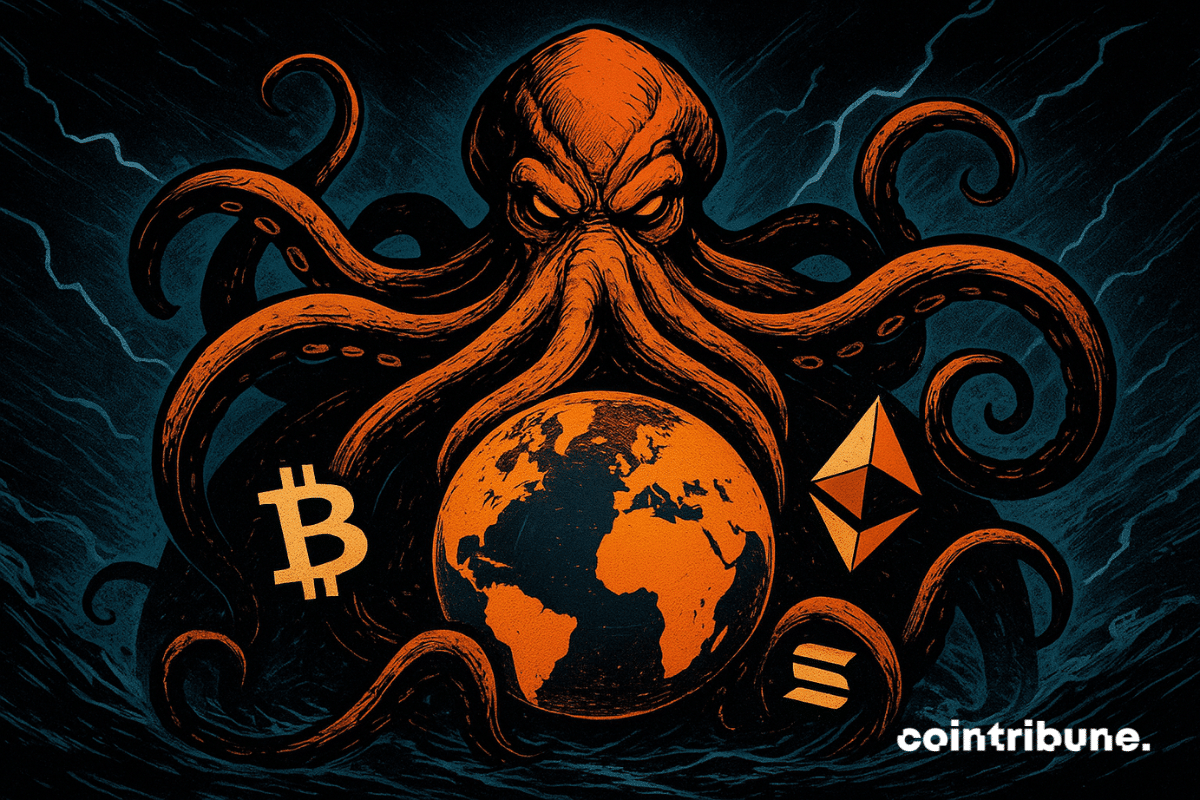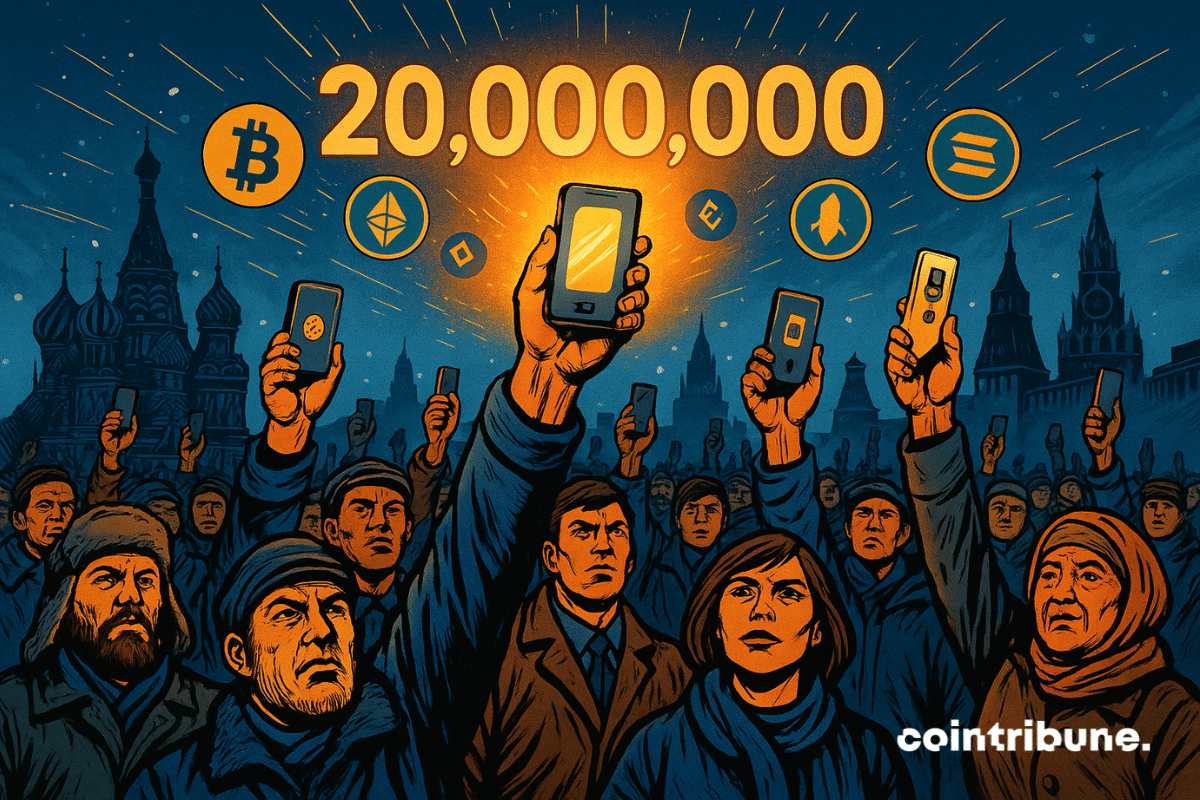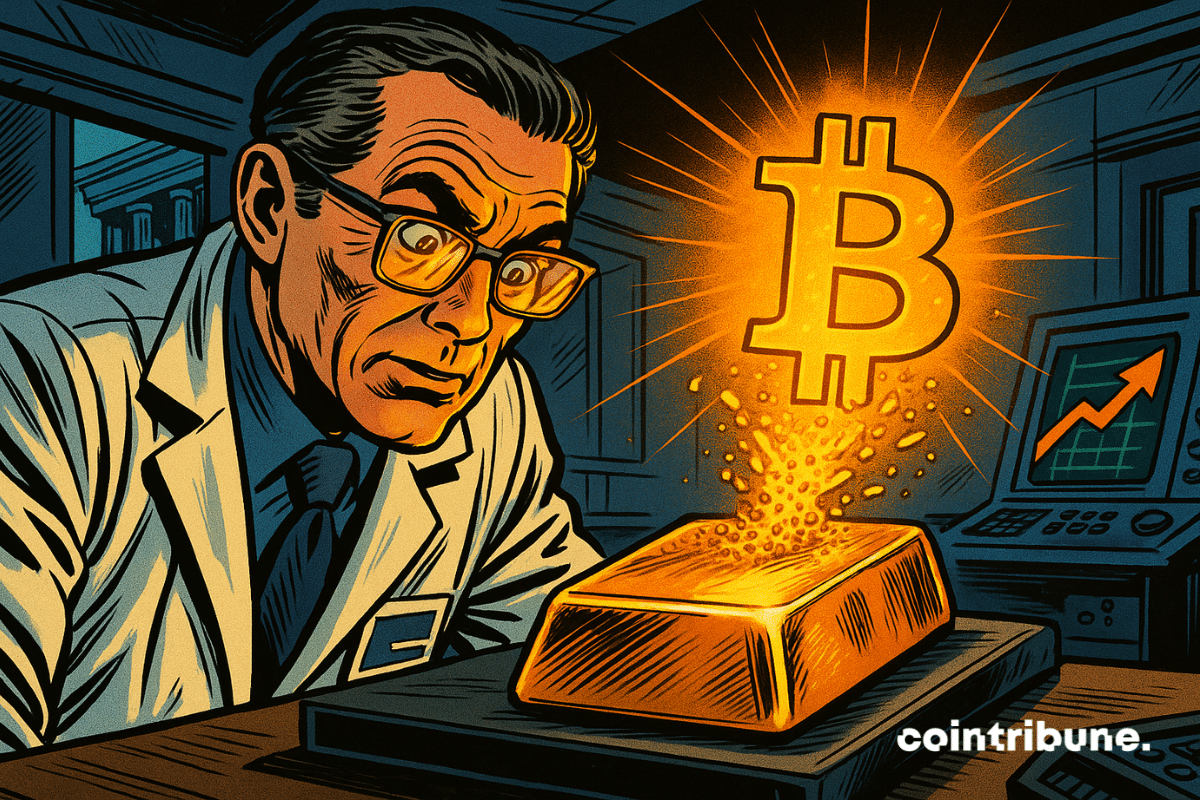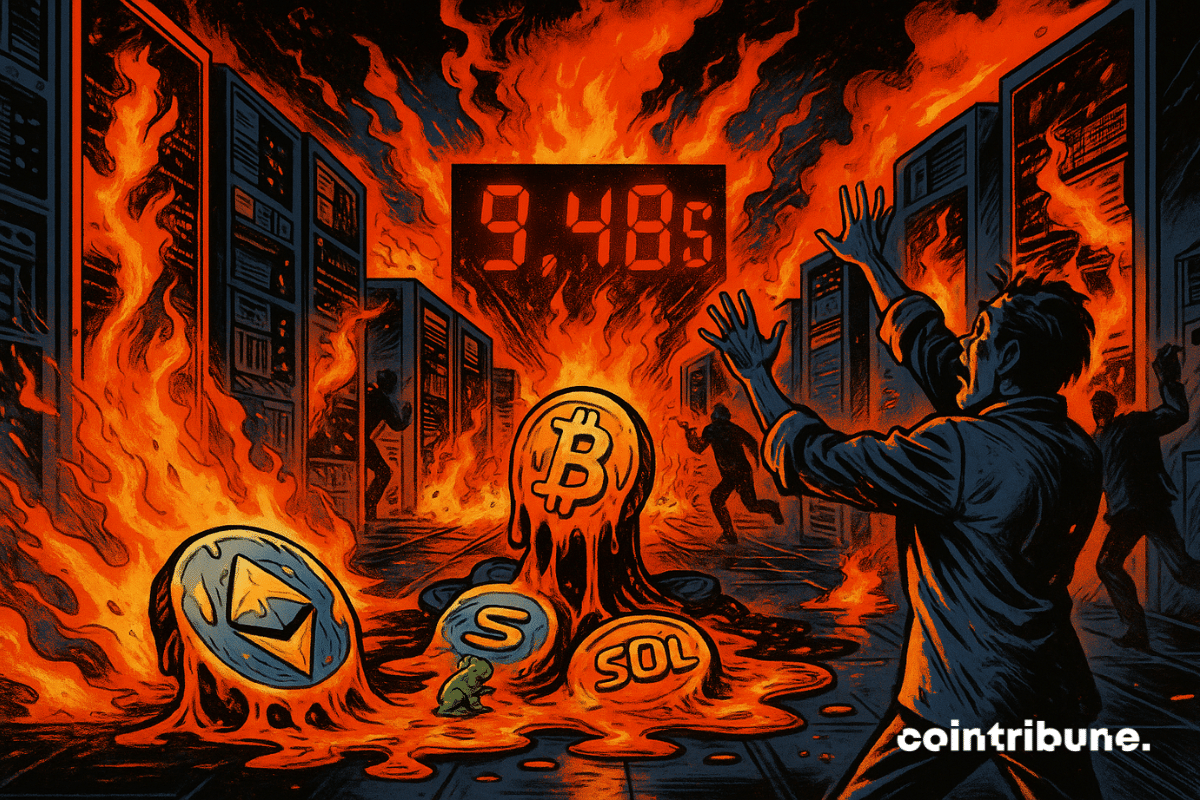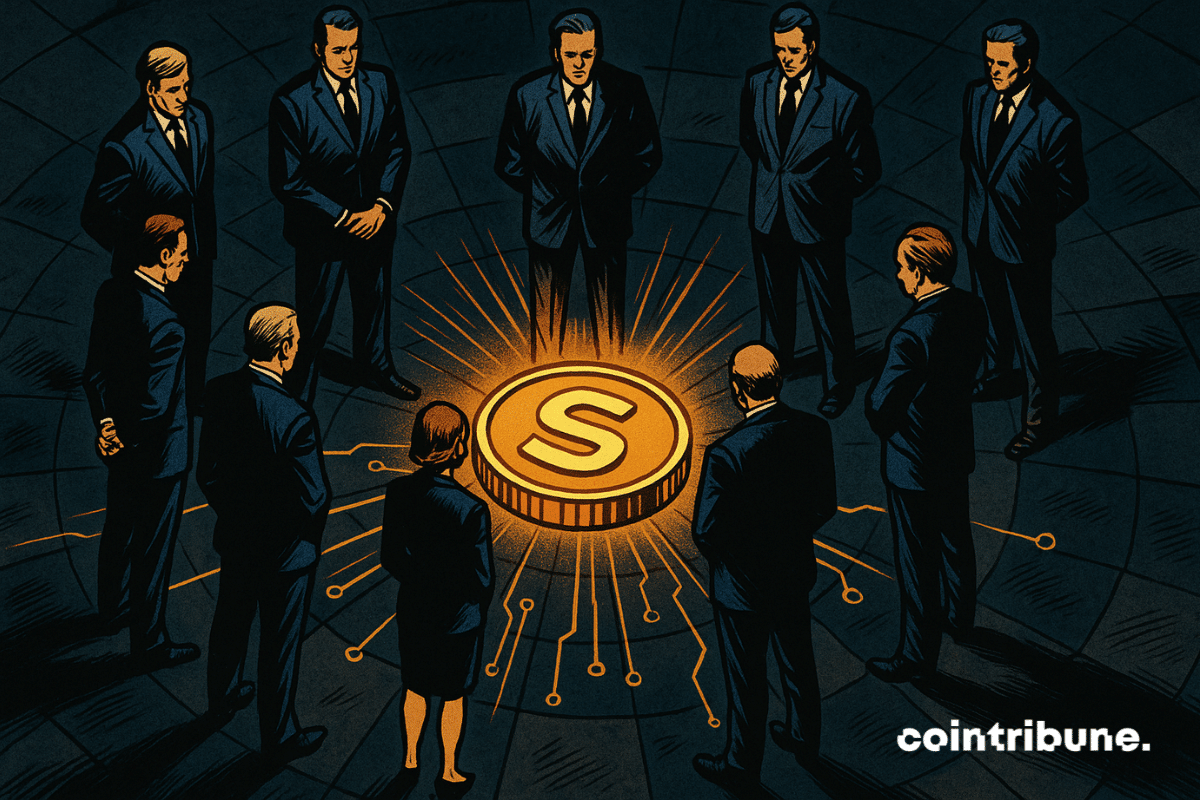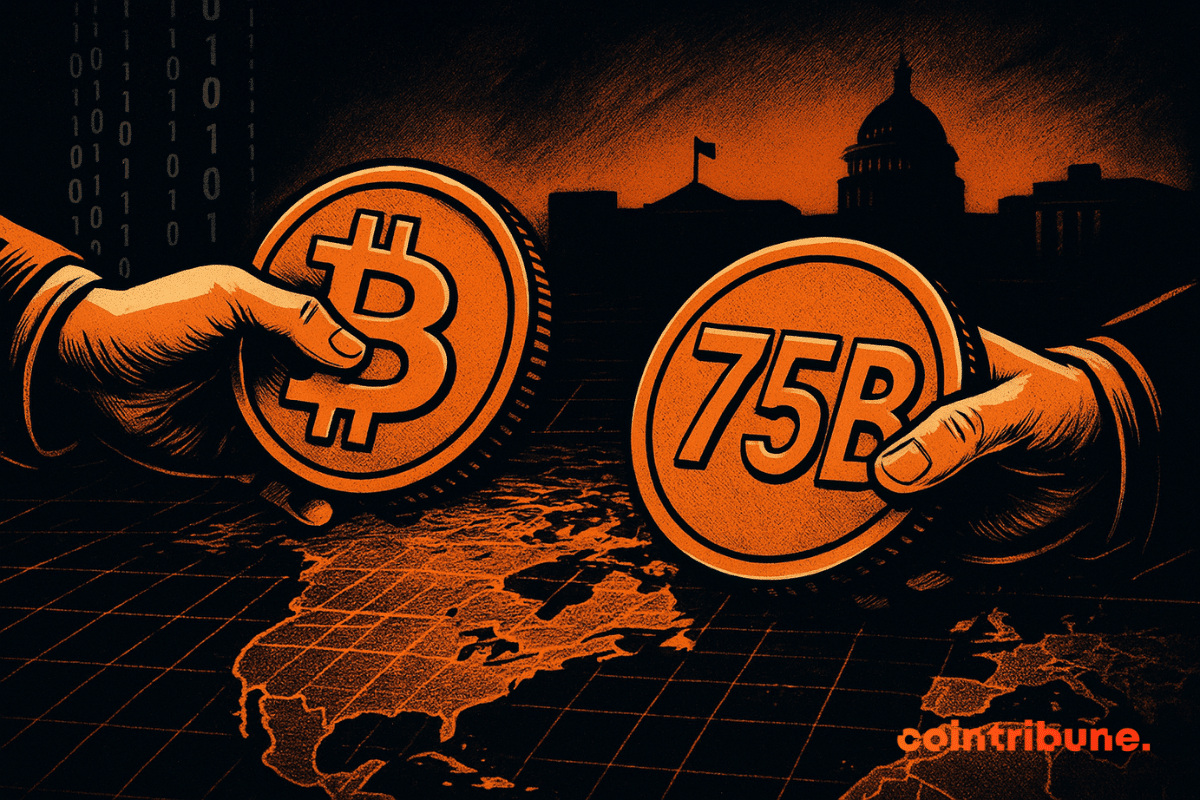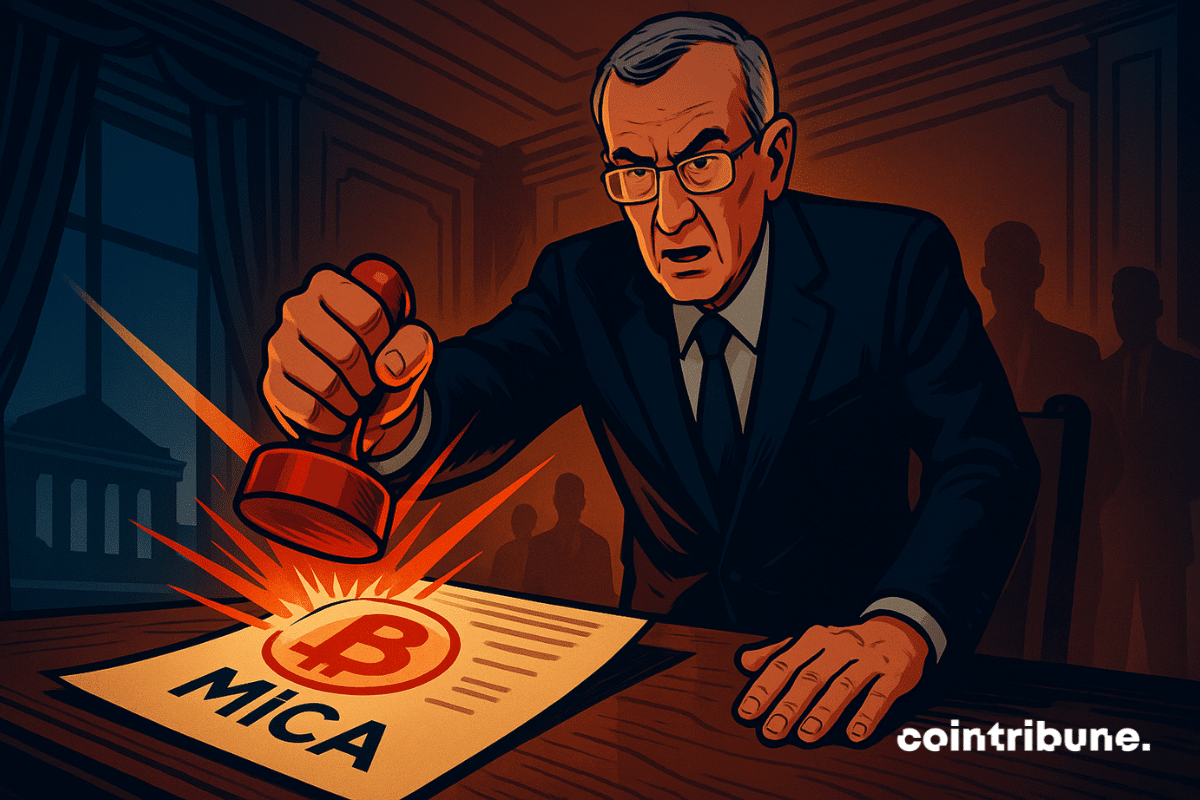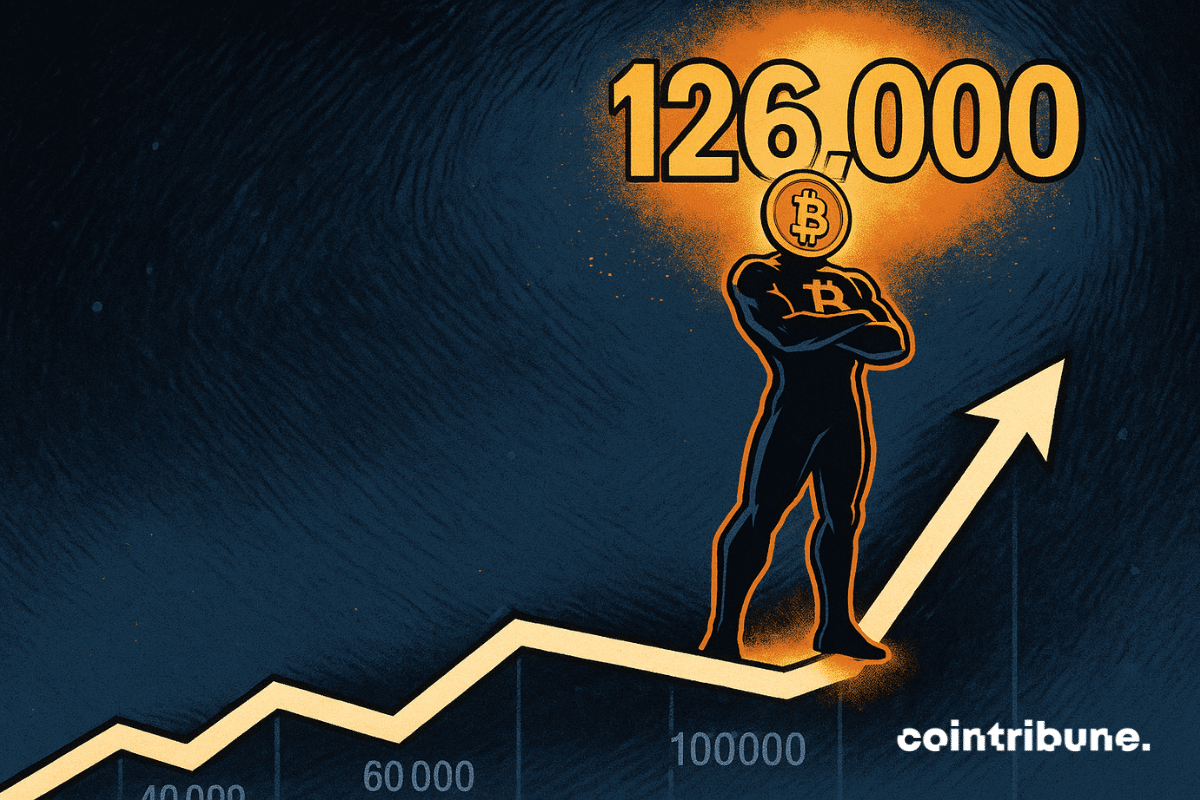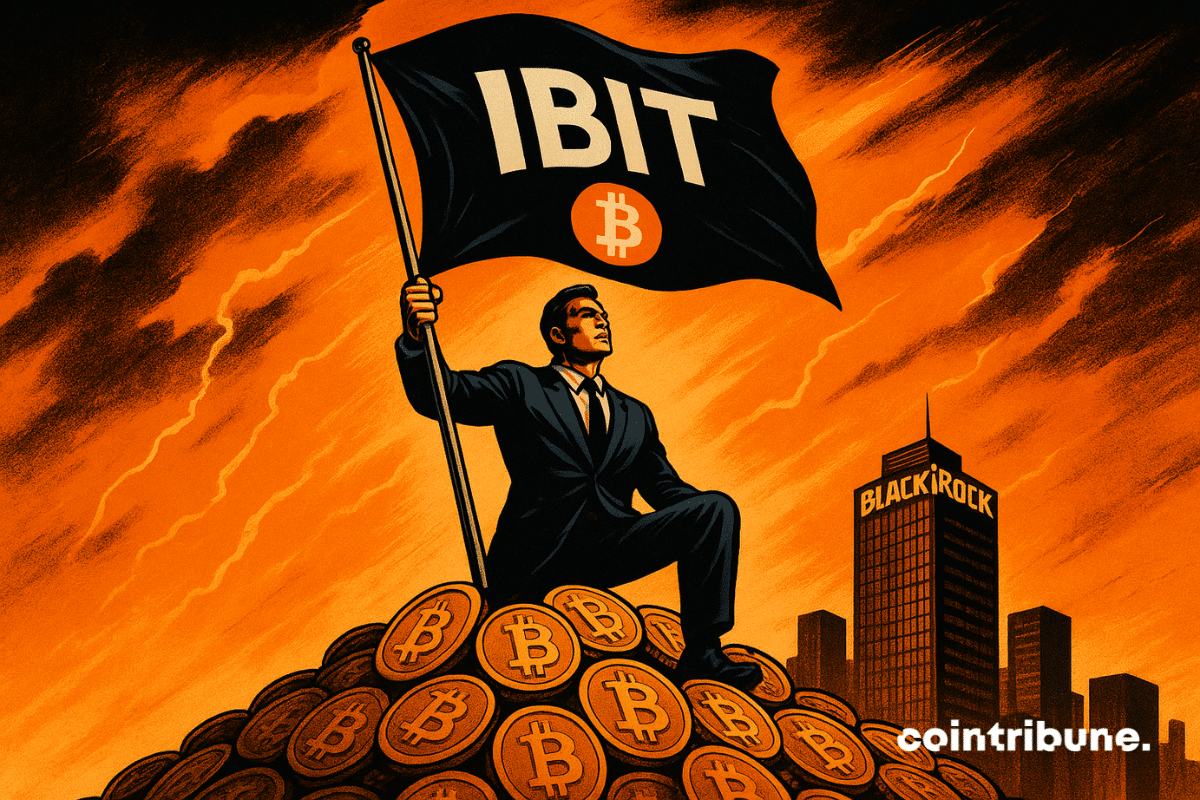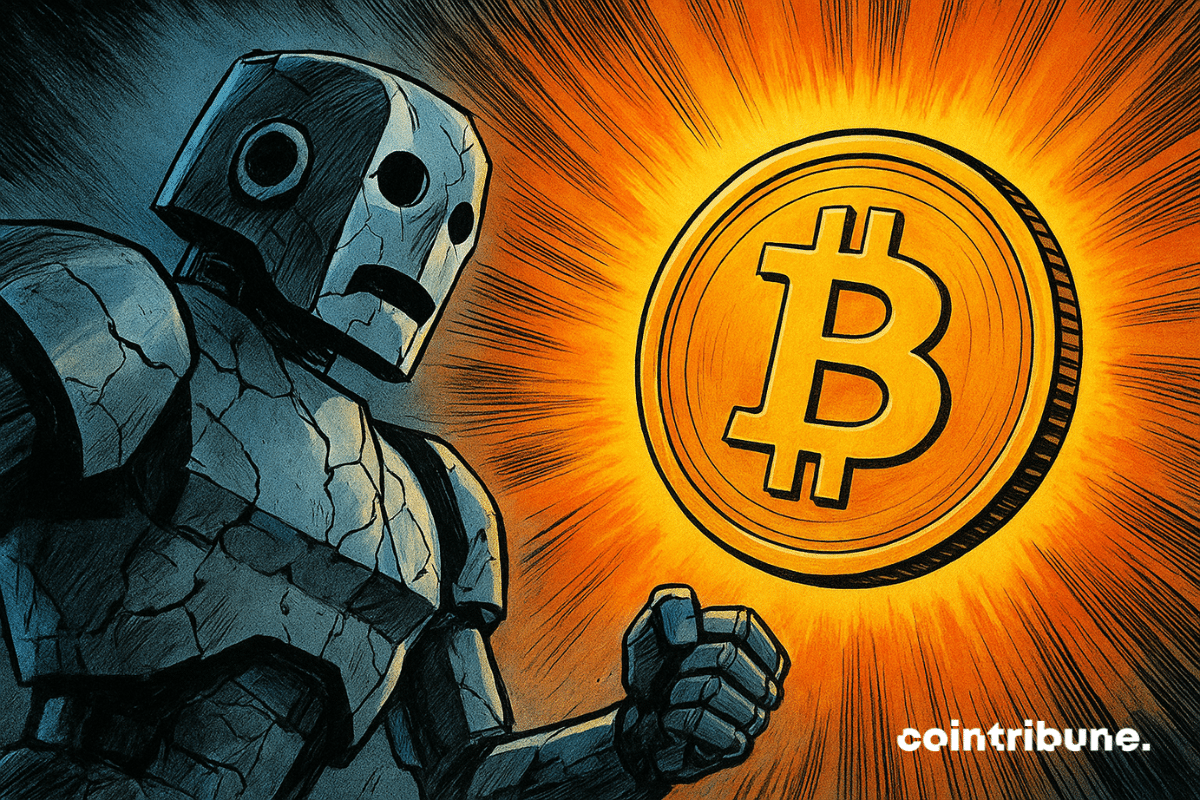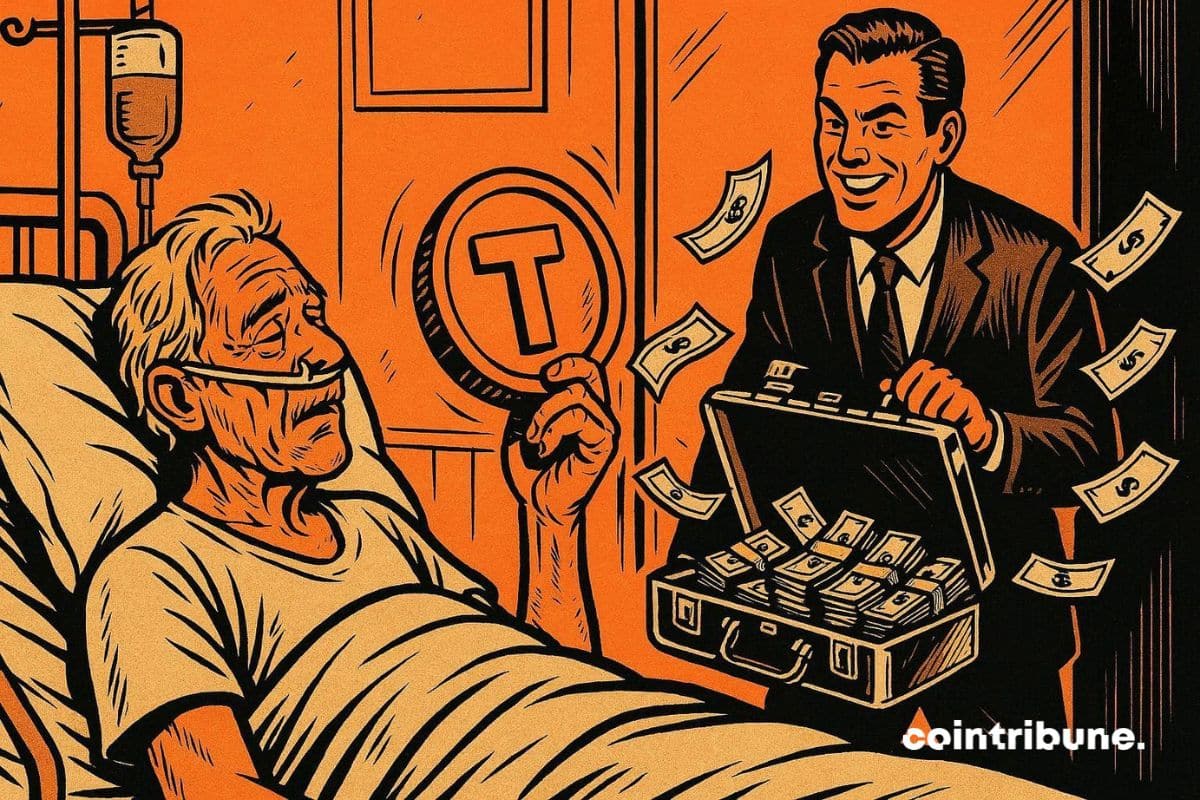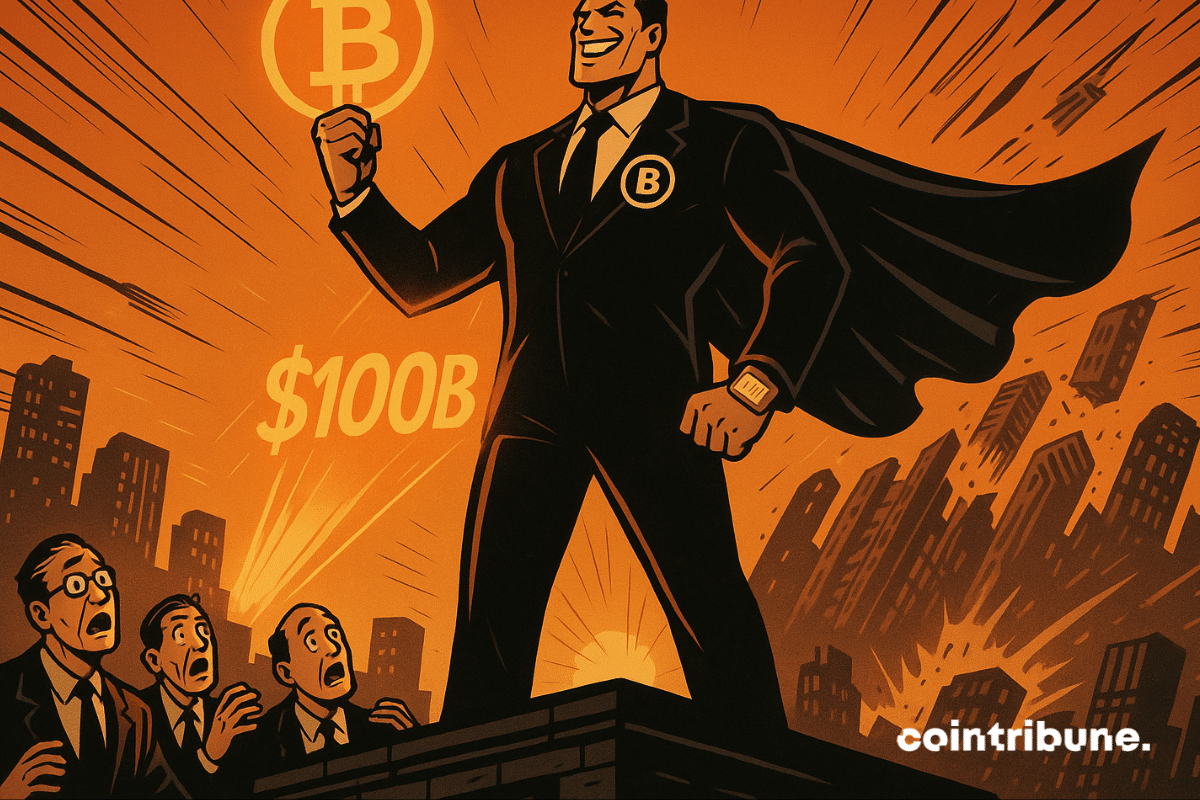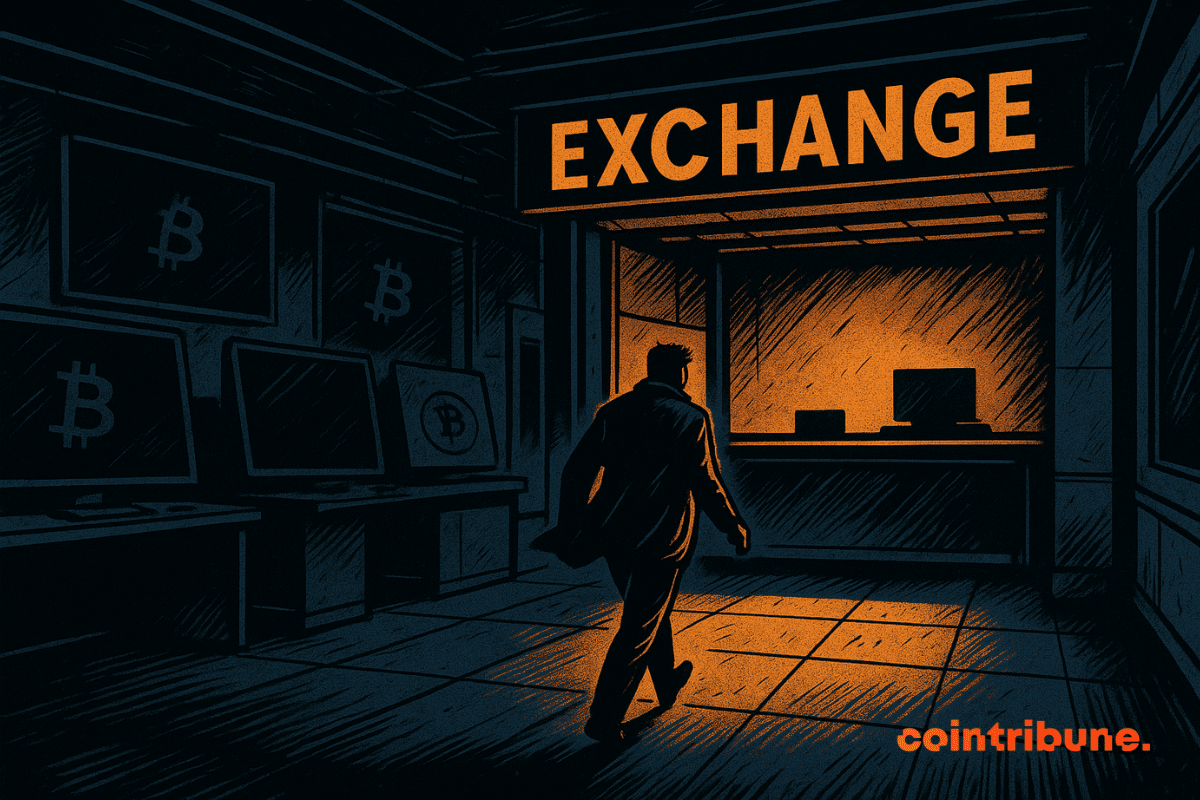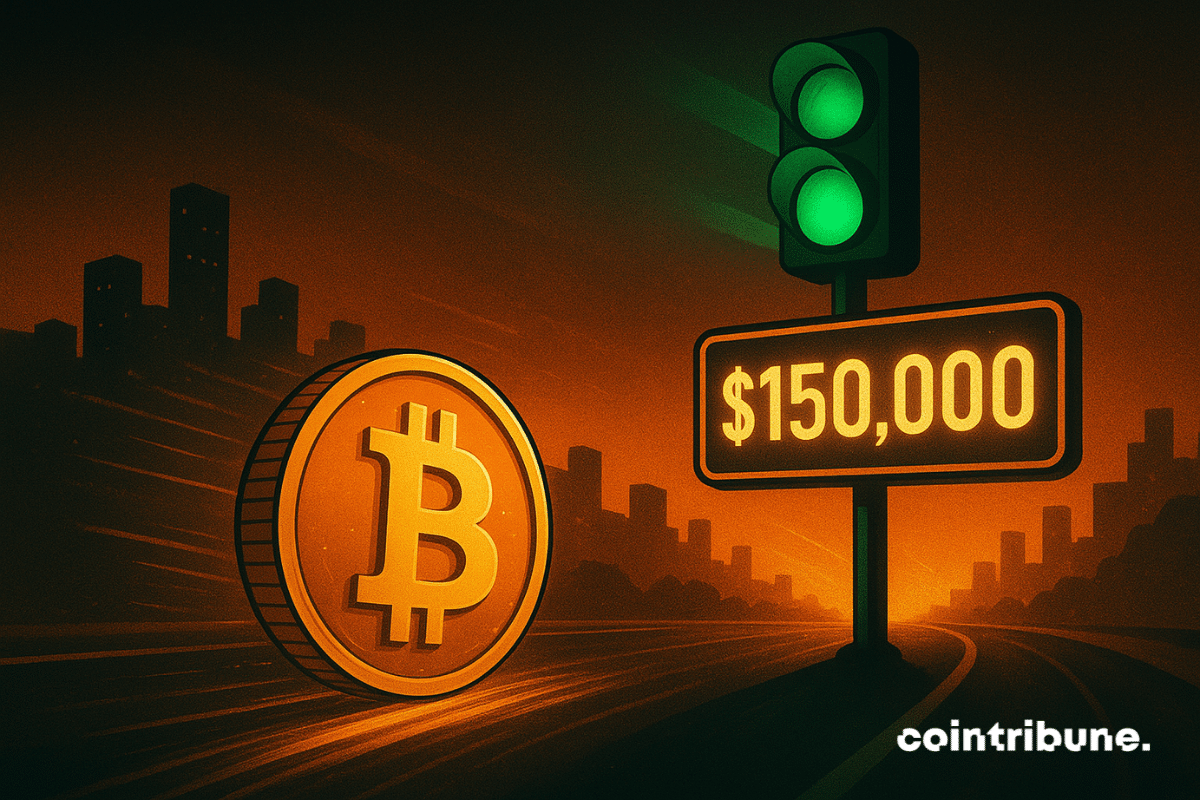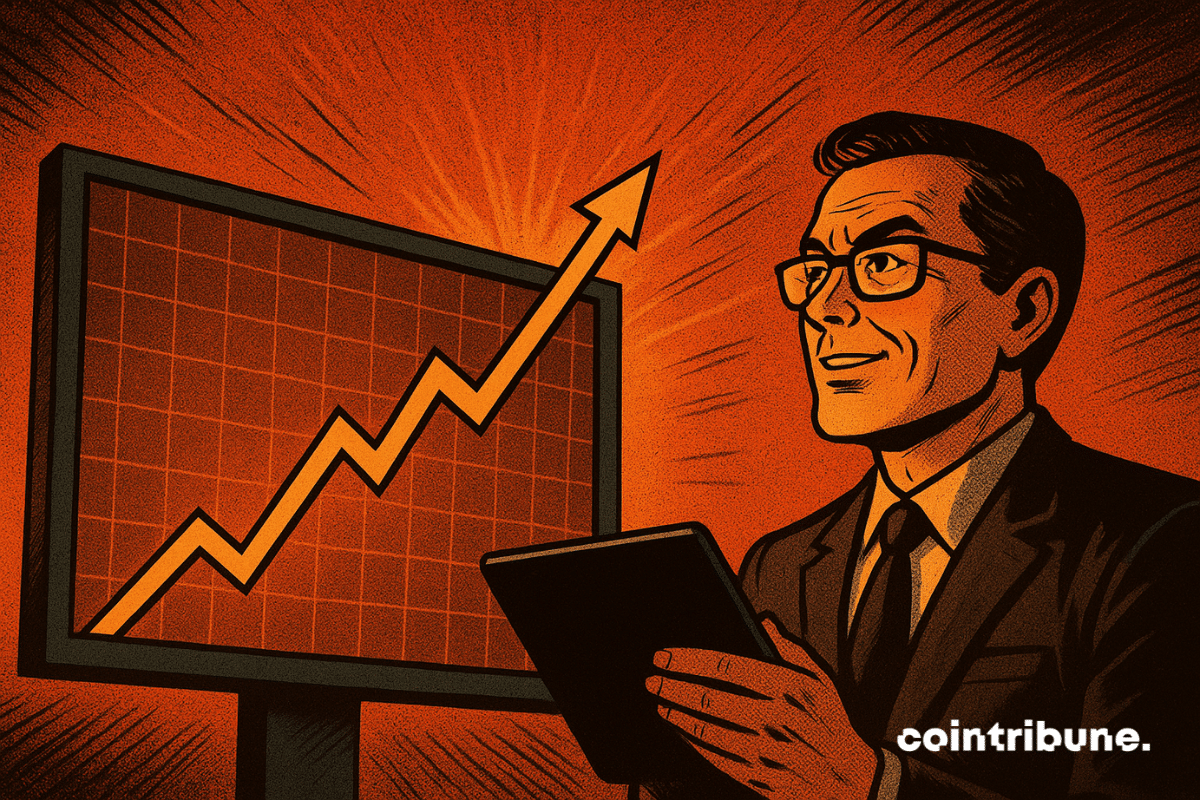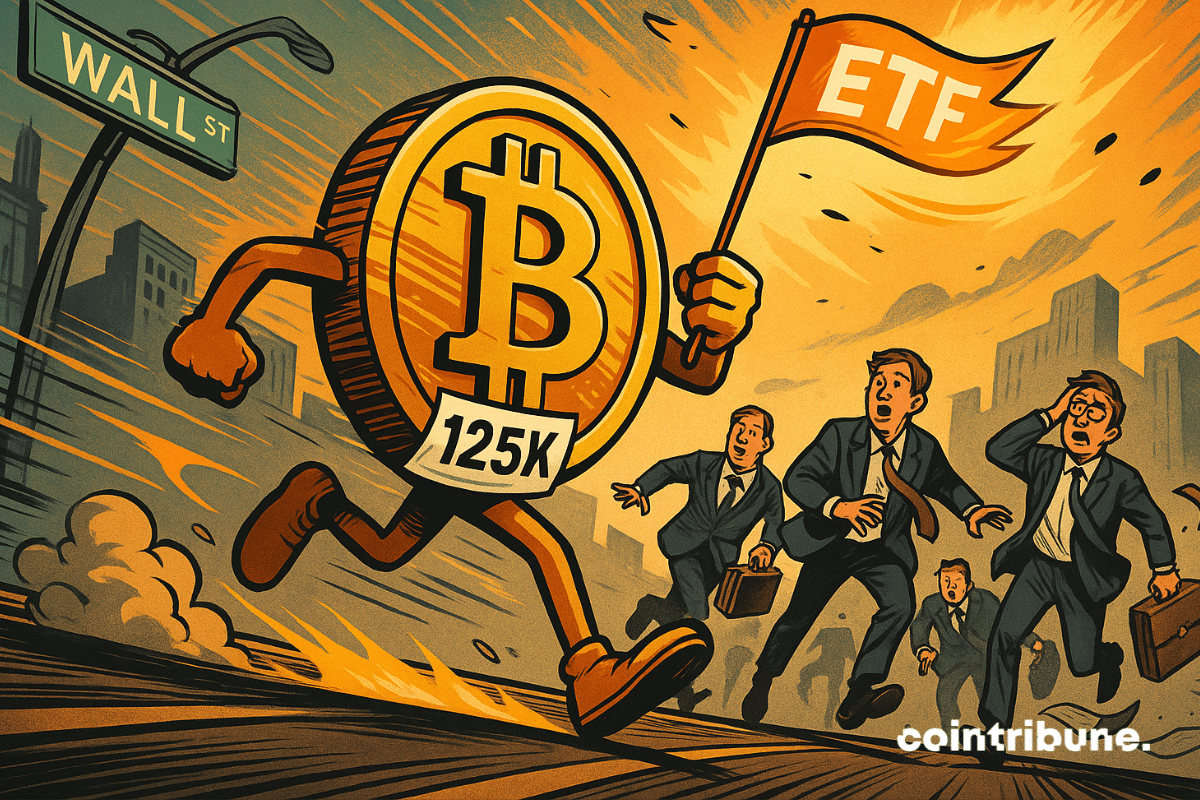MetaMask integrates perpetual contracts trading (Perps) via Hyperliquid, allowing users to access leveraged operations and rewards directly from their wallet. This development could change the role of centralized exchanges in the crypto ecosystem. #Crypto #DeFi #Metamask #Hyperliquid
Crypto News
As the cryptocurrency ecosystem reaches unprecedented maturity in 2025, Kraken has emerged as one of the leaders in global crypto trading. Kaiko has ranked Kraken as the #1 global crypto exchange for Q3 2025 their first-ever top finish, achieving a steady rise from #3 in Q1 2025 and #2 in Q2. This remarkable achievement reflects the platform's relentless focus on client-first innovation and institutional-grade infrastructure that has redefined cryptocurrency trading standards.
Russia is experiencing a quiet rush towards cryptos. Driven by Western sanctions, de-dollarization, and an uncertain economic climate, nearly 20 million Russians now hold these assets. Thus, crypto becomes a financial escape for the masses. Faced with this massive adoption, the government can no longer look away. A new monetary era is now emerging in Russia.
While central banks multiply gold purchases in an uncertain economic context, Deutsche Bank draws an unprecedented parallel with bitcoin. In a published report, the German bank highlights common dynamics between the two traditionally opposed assets. This analysis questions the place that bitcoin could hold in official reserves in the medium term.
Changpeng Zhao, an iconic figure in the crypto world and founder of Binance, has just revealed an intrusion attempt on his Google account. Behind this attack are hacker groups supported by governments, probably the notorious North Korean Lazarus collective.
Bitcoin enters retirement accounts! Starting October 15, 2025, Morgan Stanley allows all its clients to invest in Bitcoin ETFs. The end of a taboo! Discover the risks, opportunities, and impacts on the crypto market. #Bitcoin #MorganStanley #Crypto
This Friday, Donald Trump announced 100% tariffs on all Chinese products, in response to a commercial offensive from Beijing. The reaction was swift, as bitcoin dropped below 110,000 dollars, falling to 102,000 dollars on Binance, its worst performance since the end of June. The crypto market thus turned red in widespread panic.
Faced with the uncontrolled rise of private stablecoins, the global banking giants, from Goldman Sachs to Société Générale, are going on the offensive. By testing tokens backed by G7 currencies, these institutions aim to regain control of digital finance. This strategic project, led by the USDF consortium and the Provenance blockchain, seeks to combine monetary stability, regulatory compliance, and technological innovation. Such an initiative could redefine the balance between traditional banks, regulators, and the crypto ecosystem.
Arthur Hayes announces it: bitcoin crashes linked to the 4-year cycle are over! But beware, this does not mean all risks have disappeared. Discover the 3 new rules for investing in 2025 and how to benefit before everyone else.n#Bitcoin #BTC #ArthurHayes #Crypto
97% of Bitcoin’s circulating supply is now profitable, with most holders seeing gains and key support levels holding steady.
A new report by blockchain analytics firm Chainalysis reveals that more than $75 billion in cryptocurrency linked to illicit activity could soon be within reach of law enforcement. The findings come as governments consider forming official crypto reserves, raising questions about how seized digital assets could fit into national financial strategies.
The governor of the Bank of France speaks out. François Villeroy de Galhau demands transferring the supervision of cryptocurrencies to ESMA, based in Paris. Dollar-backed stablecoins particularly worry French authorities. Will Europe be able to impose its own vision against the American giants in the sector?
Bitcoin has just crossed 126,000 dollars, but the market remains surprisingly quiet. This ascent without frenzy, rare in a universe where spectacular rises often precede violent drops, intrigues analysts. Unlike usual cycles, the apparent calm of the metrics fuels both confidence and curiosity. Should we see in this the beginnings of a new paradigm for the flagship crypto asset?
BlackRock’s spot Bitcoin exchange-traded fund (IBIT) has surpassed 800,000 BTC in assets under management, following an eight-day inflow streak that brought in over $4 billion. The milestone marks a significant step in institutional adoption of Bitcoin, coming less than two years after the fund’s launch in January 2024.
Robert Kiyosaki warned of a weakening U.S. dollar and urged investors to protect their wealth by shifting to gold, silver, and cryptocurrencies.
The SEC is preparing to introduce an “innovation exemption” that would give companies more flexibility to develop digital assets and emerging technologies. SEC Chair Paul Atkins said the proposal could be formalized as soon as the end of this quarter, despite challenges caused by the ongoing government shutdown.
YZi Labs announced a $1B fund to support developers building projects on the BNB Chain, aiming to foster innovation and growth.
The Ethereum Foundation takes a new step by launching the Privacy Cluster, a team entirely dedicated to network privacy. A strategic initiative that responds to the growing concerns about digital surveillance and the increasing need to protect user data.
"All that glitters is not gold." This 17th-century proverb applies wonderfully to flashy innovations. For several years, Artificial Intelligence (AI) has been presented to us as a revolution comparable to electricity or the Internet. But is it really a revolution? Or rather a spectacular optimization of what already exists? As we know it, AI revolutionizes nothing. It merely oils the gears of an already established system and mainly fits within the continuity of a centralized paradigm. At the same time, another technology, much less publicized but much more radical, pursues its trajectory: Bitcoin and decentralization. Unlike AI, Bitcoin does not just improve existing systems. It questions them, and sometimes even makes them obsolete. The true revolution today, the only one, is Bitcoin. Because it does not make the old world faster, it builds a new one.
The memecoin $TRUMP, in free fall by 90%, is betting everything on a record fundraising of 200 million dollars to avoid collapse. Between hopes of a rebound and risks of failure, can this crypto poker move save the token linked to Donald Trump? #Trump #memecoin #crypto
BlackRock’s iShares Bitcoin ETF has quickly grown to nearly $100 billion, surpassing longtime funds and fueling strong investor interest in Bitcoin.
ASTER, the 300x leverage DEX token, shakes Binance in 2025! The mega whales massively accumulate this ultra-volatile crypto project, but behind the rapid rise lie huge risks. Should you jump into the arena? #Crypto #Aster #Binance
Bitcoin and gold are both hitting record highs, with analysts projecting Bitcoin could reach $644K after its next halving as gold continues to surge.
Despite a correction of more than 4% after a historic peak at $126,219, bitcoin maintains a solid bullish momentum, supported by robust institutional fundamentals. Massive flows to ETFs and renewed Wall Street confidence paint the picture of a maturing market. From Citibank to JPMorgan, the giants of American finance now anticipate a rise to $150,000 by December.
Bitcoin is soaring to $125,000 and disappearing from platforms: 114,000 coins flown away, investors in cold panic. Rush for digital gold or just a gimmick?
Ethereum is no longer just the infrastructure for smart contracts. It becomes a strategic lever in corporate balance sheets. This week, as ETH surpassed 4,700 dollars, SharpLink Gaming approaches one billion dollars in latent gains. Thanks to a methodical accumulation started in June, the company transforms its treasury into a value creation tool, drawing market attention.
The end of the year looks very promising for bitcoin. Even the major American banks are very optimistic.
Kraken recently completed a major acquisition of Breakout, making it the first major crypto exchange to enter proprietary trading. This strategic move represents a significant shift in how crypto traders can access capital, offering funded accounts with substantial leverage without risking personal funds once the evaluation phase has been successfully completed.
Bitcoin (BTC) has once again surpassed its previous records, climbing to new heights above $126,000. Unlike earlier speculative rallies, analysts say this surge reflects a stronger market structure and increasing institutional participation. More so, on-chain and ETF data suggest that Bitcoin may be entering a more stable phase of growth.
Institutional ETF inflows are fueling Bitcoin’s latest surge, outpacing corporate buying and strengthening market momentum.

